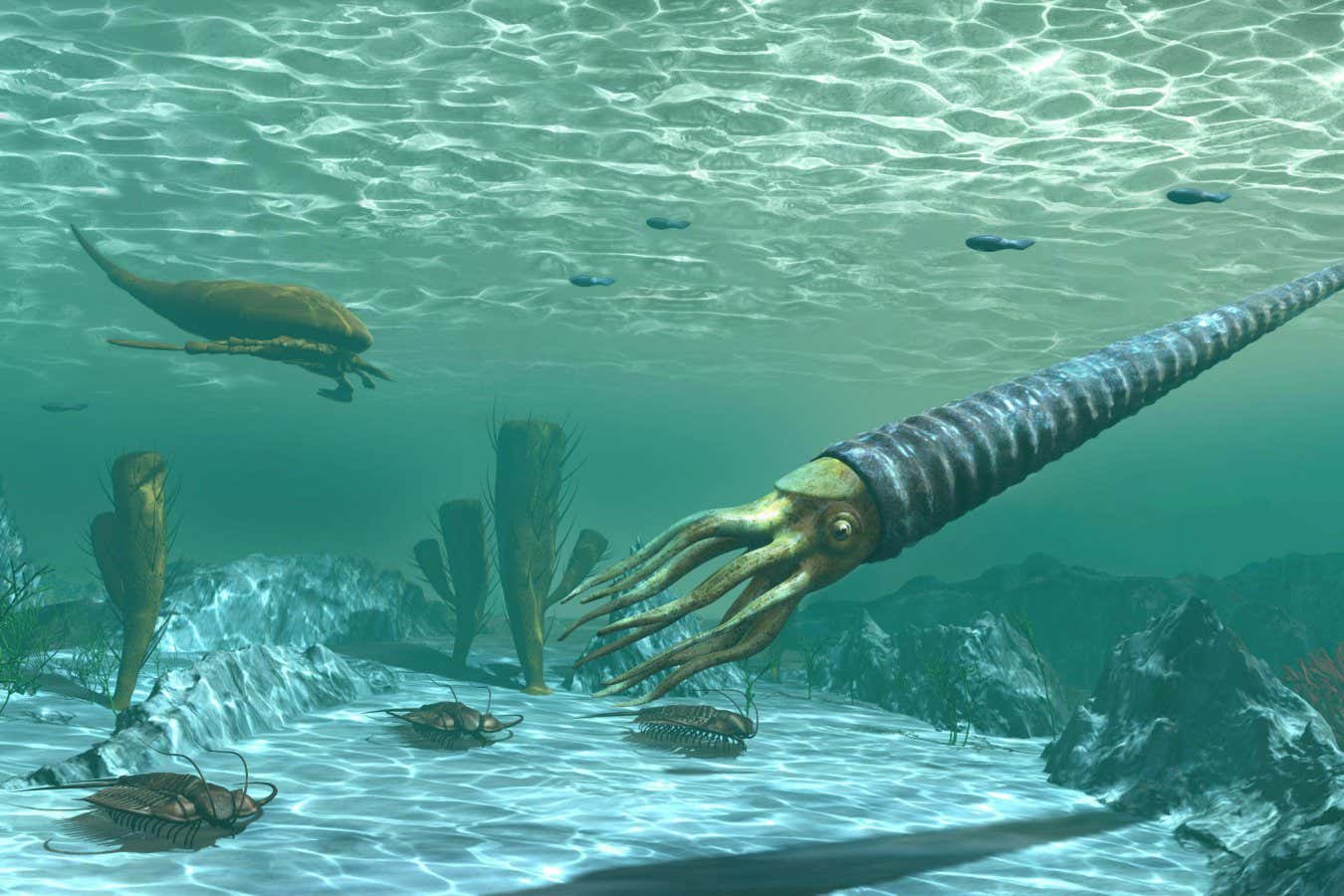A period of global cooling around 500 million years ago may have triggered Earth’s largest surge in marine biodiversity. This event, known as the Great Ordovician Biodiversification Event, occurred between approximately 490 and 440 million years ago and resulted in the emergence of several new orders, families, and genera of marine life that still exist today, such as sea stars and sea urchins.
Various theories have been proposed to explain what caused this event, including sea level rises induced by continental drift, an increase in atmospheric oxygen, and even meteors. However, a new study suggests that global cooling during this period played a significant role.
Previous studies have shown that tropical sea surface temperatures decreased from around 40°C to 30°C (104°F to 86°F) during this time. The recent study by Daniel Ontiveros and his colleagues at the University of Lille in France utilized a climate model based on fossil data and knowledge of land configuration, combined with an ecological model that mapped biodiversity patterns. Their findings indicate that as the oceans cooled, they became more conducive to life, resulting in the rapid emergence of new species. Existing species also migrated from polar waters towards the equator.
According to Ontiveros, at the beginning of the Ordovician period, the ocean was very warm, and only a few species could withstand the high temperatures. Aquatic life was mostly limited to the colder, higher latitudes. However, as the climate cooled, tropical waters became more habitable, leading to increased biodiversity.
This research has potential implications for predicting the effects of climate change. Rising sea surface temperatures could lead to fewer marine species at the equator and more at the less extreme poles, according to Gregory Beaugrand, another researcher at the University of Lille. However, it is important to note that the fossil data used in the study primarily comes from high latitudes, which may introduce sampling bias.
In conclusion, the study suggests that cooler sea temperatures during the Great Ordovician Biodiversification Event played a crucial role in promoting the emergence of new marine species and increasing overall biodiversity. Further research is needed to understand the full extent of the factors that contributed to this event and to predict the potential impacts of climate change on marine species distribution.
Insights:
- The Great Ordovician Biodiversification Event occurred between 490 and 440 million years ago and resulted in a significant increase in marine biodiversity.
- Previous theories proposed various causes for the event, such as sea level rises, increase in atmospheric oxygen, and meteors.
- A recent study suggests that global cooling during this period was a key factor in promoting marine biodiversity.
- Cooler sea temperatures made the oceans more habitable, leading to the rapid emergence of new species and the migration of existing species towards the equator.
- Climate change and rising sea surface temperatures could have implications for future marine biodiversity, with potential shifts in species distribution.








